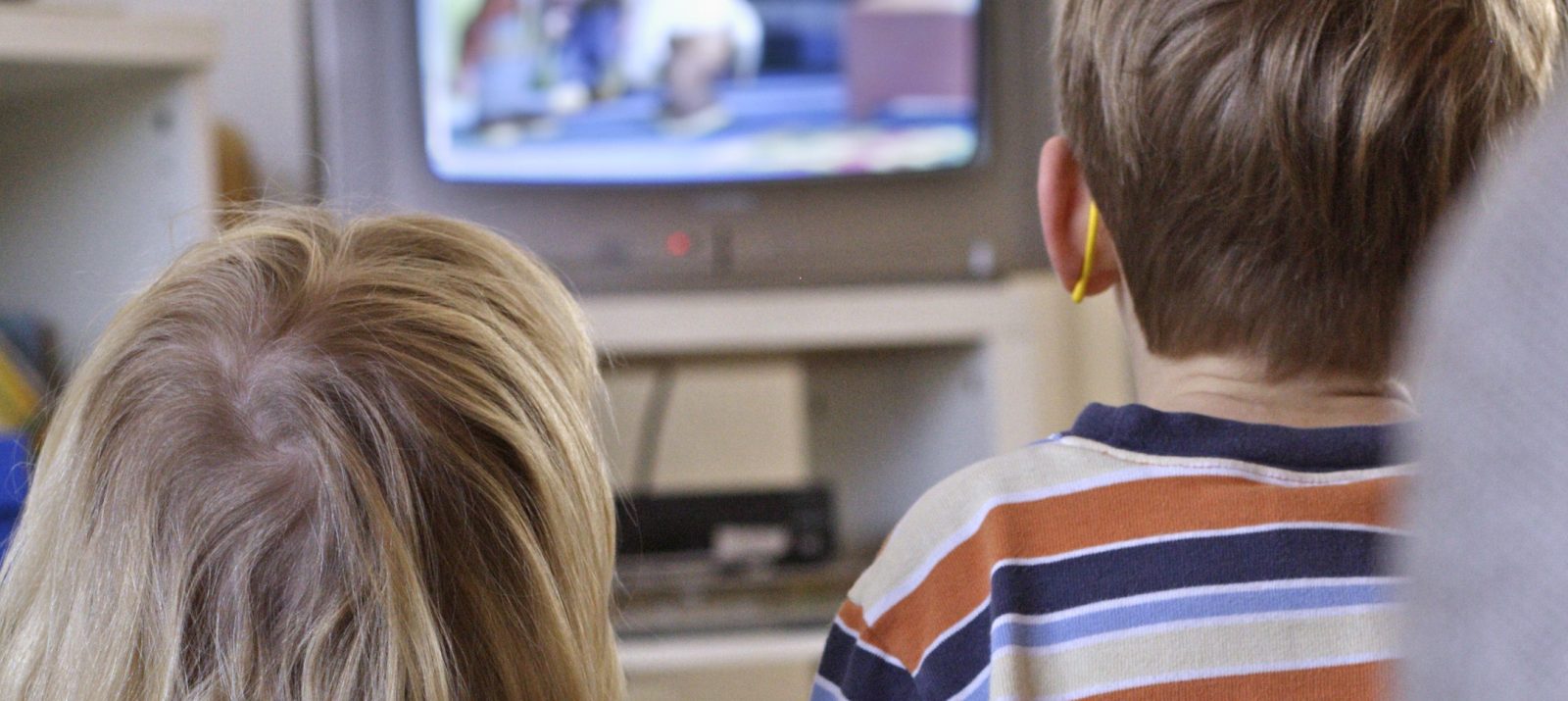
Do you know it? You wanted to watch only one episode of your favorite series and then it became three, because it was just so exciting. Your child sometimes feels the same way: he or she is having so much fun watching TV and playing computer games that he or she forgets about the time. Bingewatching” refers to watching several episodes of a series at a time, and this also occurs among children. Binge means “excess” in German and viewing means “to look at”.
For some adults, bingewatching is even a hobby. Streaming services such as Prime Video, Netflix and YouTube have adjusted their offerings accordingly. Series often come as a whole season, so users can easily watch one video after another. From a company’s point of view, this is quite logical: They have an interest in keeping users on their platform for as long as possible.
There are more and more media library apps specifically for children or streaming apps with children’s profiles. YouTube Kids, Netflix, Prime Video and Disney+ are particularly popular. Therefore, it’s no wonder that bingewatching also occurs among children and teenagers, because they find it even harder to turn off the TV or tablet.
Children and young people quickly get carried away by their favorite characters and stories, so that they can hardly tear themselves away from them. Some simply forget to switch off and therefore watch more than agreed. Younger children in particular are not yet very good at regulating their own needs and media use. They are therefore more easily seduced to look further and further.
Sometimes there is simply a lack of alternative occupations. Kids don’t know what to do besides watch TV. Besides, it’s easy to just be sprinkled instead of being active yourself, making up your own stories, drawing something, or anything else.
Some things you can set on your child’s profile on the streaming site itself. For example, you can disable the automatic start of the next episode or set a time limit for some services. If you download certain episodes, your child won’t be drawn to other series and will find it easier to switch off when the agreed viewing time is up. You should become active as soon as your child reacts stressed or annoyed when he or she cannot watch any longer.
Design media usage rules together, especially fixed time slots, and make sure they are followed. As long as your child is not yet able to handle media on his or her own responsibility, support and accompany him or her in this process. Don’t use the favorite show as a punishment or reward, and establish alternative outlets for media use.
If your child is very emotionally attached to the series, you can engage with it together in other ways. Your child can bring the series world to him with toys, by painting or playing with friends and continue telling the stories. This way, your child experiences his or her favorite series even more and can help shape it.
Older children and teenagers should also occasionally allow you to distract them with television during stressful periods. Just make sure that bingewatching is not constantly used to combat stress.